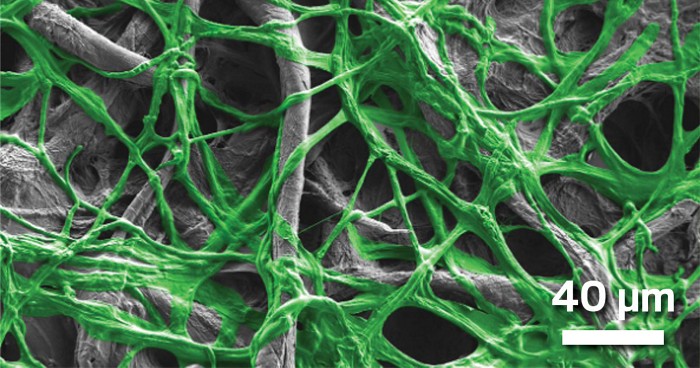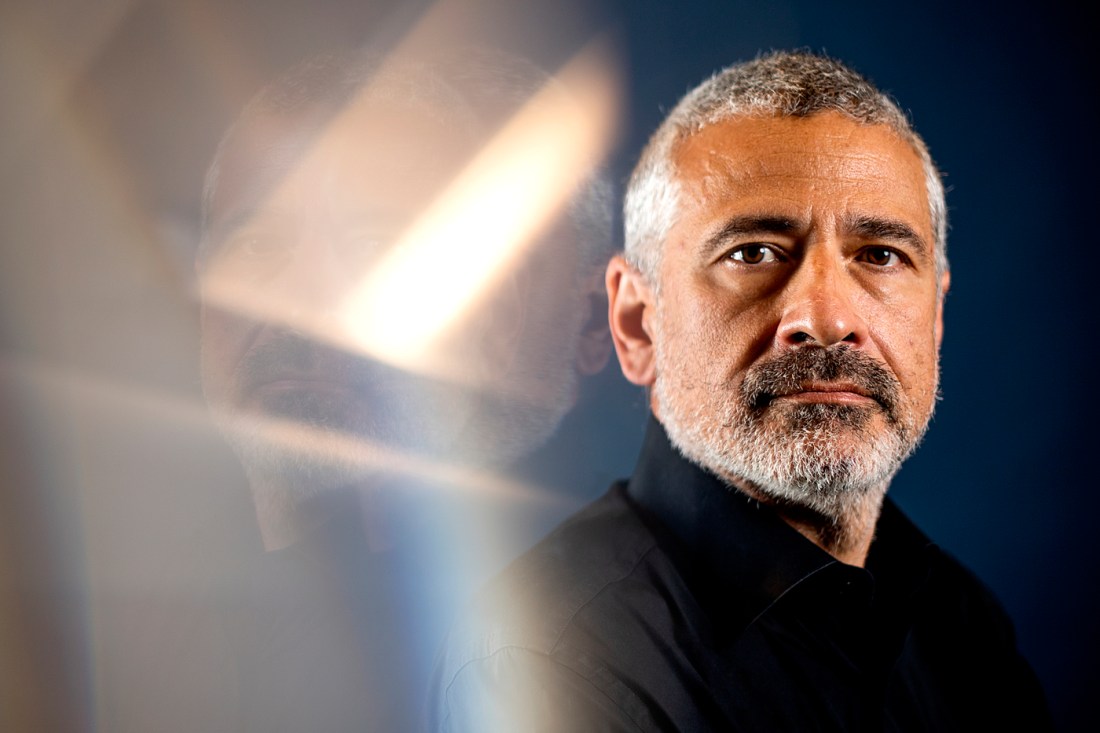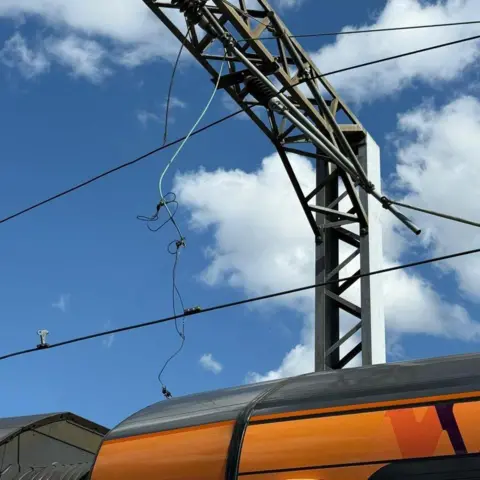5.0 Gravity Helmet Wins Eurobike Gold Award for Technical Highlight; 6.0 HydraDri Jacket Wins Eurobike Winner Award for Performance Clothing at World’s Leading Cycling Show
CAPE TOWN, South Africa, July 2, 2025 /PRNewswire/ — Leatt Corporation (OTCQB: LEAT), a leading developer and marketer of head-to-toe protective equipment for MOTO, MTB, and a wide range of extreme and high-velocity sports, today announced that two of its innovative products were honored last week at the prestigious Eurobike 2025 show in Frankfurt. The 5.0 Gravity Helmet won the Eurobike Gold Award for Technical Highlight, and the 6.0 HydraDri Jacket won the Eurobike Award for Performance Clothing.
Eurobike is an annual event for the entire cycling world, and this year included 1,500 exhibitors, 31,270 trade visitors, and 30,420 cycling fans. The show is widely considered to be the world’s leading trade fair for cycling and ecomobility.
“We are very proud of our strong drive and ability to continuously engineer and develop technical innovations and functional rider protection that is centered around the needs of a wide range of riders around the world,” said CEO Sean Macdonald. “These two award-winning products define the benchmark for modern rider protection with technical sophistication and practical innovation. It is always encouraging to be recognized by industry experts and peers with honors that celebrate the tireless efforts of our passionate and dedicated Leatt team.”
At Eurobike, Leatt presented numerous other innovations for the 2026 model year including, a new upper body protection line for women, a sunglasses collection, new endurance trail shoes, and new waterproof MTB shoes, as well as a completely new clothing collection, and new components, including handlebars, stems, and pedals.
The 5.0 Gravity Helmet offers the next generation of its proprietary 360° turbine safety technology, called the 360° Turbines EVO. The new triple-density construction significantly improves the absorption of rotational and impact forces at different speeds. In addition, the 5.0 Gravity helmet is the world’s first helmet with the new BOA® FS2 adjustment system, a milestone in the area of individual fit and stability. The 6.0 HydraDri Jacket is a highly functional all-weather solution for ambitious bikers and commuters, combining outstanding weather protection with impressive breathability and other innovative features.
About Leatt Corp
Driven by the science of thrill, Leatt Corporation develops head-to-toe personal protective gear for various sports, with a focus on mountain biking and extreme motorsports. This includes the award-winning Leatt-Brace®, a neck brace system considered the gold standard for neck protection when worn in conjunction with a helmet. Leatt products are designed for participants in extreme sports that use motorcycles, bicycles, mountain bikes, all-terrain vehicles, snowmobiles, and other open-air vehicles.
For more information, visit www.leatt.com.
Follow Leatt® on Facebook, Twitter, and Instagram.
Forward-looking Statements
This press release may contain forward-looking statements regarding Leatt Corporation (the “Company”) within the meaning of the “safe harbor” provisions of the Private Securities Litigation Reform Act of 1995. All statements, other than statements of historical fact included herein are “forward-looking statements” including statements regarding the significance of the awards on the Company’s results of operations; the general ability of the Company to achieve its commercial objectives, including continued development of a pipeline of innovative products to fuel future growth; the business strategy, plans and objectives of the Company; and any other statements of non-historical information. These forward-looking statements are often identified by the use of forward-looking terminology such as “believes,” “expects,” “anticipates,” “seeks,” “should,” “could,” “intends,” or “projects” or similar expressions, and involve known and unknown risks and uncertainties. These statements are based upon the Company’s current expectations and speak only as of the date hereof. The Company’s actual results in any endeavor may differ materially and adversely from those expressed in any forward-looking statements as a result of various factors and uncertainties, which factors or uncertainties may be beyond our ability to foresee or control. Other risk factors include the status of the Company’s common stock as a “penny stock” and those listed in other reports posted on The OTC Markets Group, Inc.
SOURCE Leatt Corporation
















